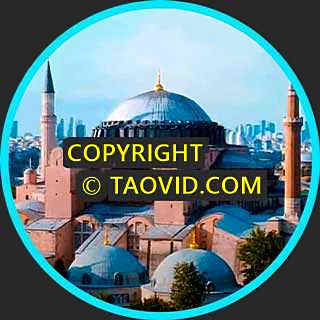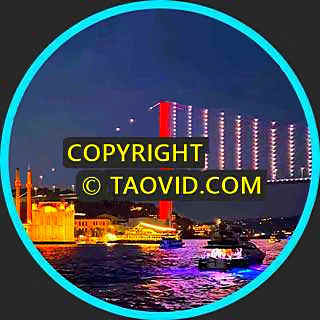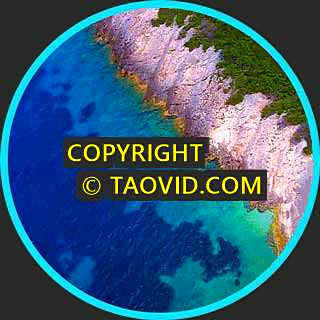Walk in Trieste, Italy
Trieste is a city and seaport in northeastern Italy. It is the capital city, and largest city, of the autonomous region of Friuli Venezia Giulia, one of two autonomous regions which are not subdivided into provinces.
The city has a long coastline and is surrounded by grassland, forest, and karstic areas. The city has a subtropical climate, unusual in relation to its relatively high latitude, due to marine breezes.
Trieste, a deep-water port, is a maritime gateway for northern Italy, Germany, Austria and Central Europe. It is considered the end point of the maritime Silk Road, with its connections to the Suez Canal and Turkey.
On our walk we see some of Trieste’s most iconic landmarks like Piazza Unità d’Italia, a vast square that faces the sea and is surrounded by historic buildings. This square is said to be the largest seaside square in Europe and offers a nice view of the Gulf of Trieste.
Trieste also has lively and bustling café culture, where locals and tourists alike can enjoy ice crea, and, espresso or aperitif in one of the many cafes that line the city’s streets that we will see on this walking tour.
The city of Trieste has a long history. Over the centuries, the city has been influenced by various cultures, including the Romans, the Venetians, and the Austrians, each leaving their mark on the city’s architecture and customs.
Since the second millennium BC, the location was an inhabited site. Originally an Illyrian settlement, the Veneti entered the region in the 10th–9th c. BC and seem to have given the town its name, Tergeste, since terg* is a Venetic word meaning market.
Later, the town was captured by the Carni, a tribe of the Eastern Alps, before becoming part of the Roman republic in 177 BC during the Second Istrian War.
After being attacked by barbarians from the interior in 52 BC, until 46 BC it was granted the status of Roman colony under Julius Caesar, who recorded its name as Tergeste in Commentarii de Bello Gallico (51 BC), in which he recounts events of the Gallic Wars.
In the early Christian era Trieste flourished. Between 138 and 161 AD, its territory was enlarged.
At the beginning of the 20th century, Trieste was a bustling cosmopolitan city frequented by artists and philosophers such as James Joyce, Italo Svevo, Sigmund Freud, Zofka Kveder, Dragotin Kette, Ivan Cankar, Scipio Slataper, and Umberto Saba.[citation needed] The city was the major port on the “Austrian Riviera”.
Miramare Castle (Castello Miramare)
The Miramare Castle, or Castello Miramare, on the waterfront 8 kilometres (5 miles) from Trieste, was built between 1856 and 1860 in a project by Carl Junker, commissioned by Archduke Maximilian.
The castle gardens comprise a variety of trees, chosen by and planted on the orders of Maximilian. Features of the gardens include two ponds, one noted for its swans and the other for lotus flowers, the castle dependance (“Castelletto”), a bronze statue of Maximilian, and a small chapel where a cross made from the remains of the “Novara” is kept, the flagship on which Maximilian, brother of Emperor Franz Josef, set sail to become Emperor of Mexico.
During the 1930s, the castle was also the home of Prince Amedeo, Duke of Aosta, the last commander of Italian forces in East Africa during the Second World War.
During the period of the application of the Instrument for the Provisional Regime of the Free Territory of Trieste, as established in the Treaty of Peace with Italy (Paris 10/02/1947), the castle served as headquarters for the United States Army’s TRUST force.
Video Source: TRIESTE, Italy 🇮🇹 – 4K 60fps (UHD) from POPtravel on Youtube ⁄ CC BY






